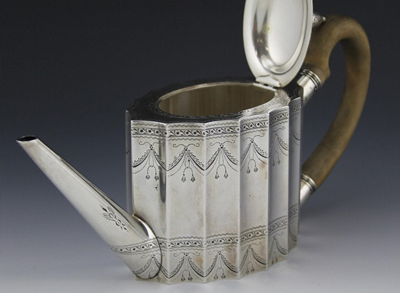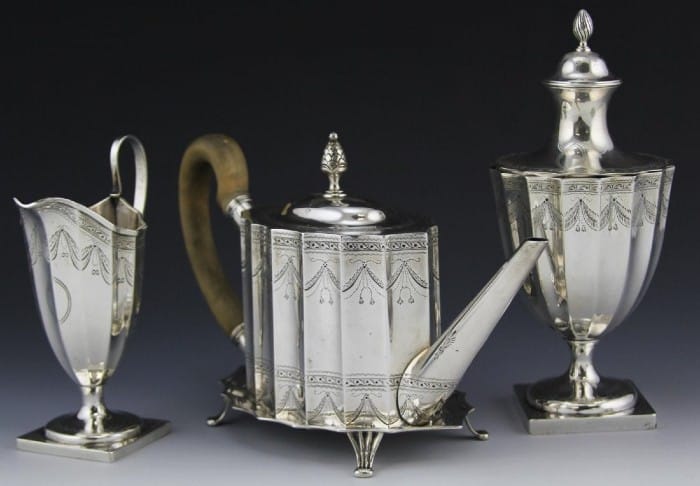
NEW YORK – Nearly every American must surely be familiar with the name Paul Revere, if only for his famous midnight ride in 1775, alerting the Colonial militia to approaching British forces prior to the battles of Lexington and Concord in the Revolutionary War. The ride was made even more famous in Henry Wadsworth Longfellow’s 1861 poem Paul Revere’s Ride, and the expression, “The British are coming! The British are coming!” – whether actually spoken – forever cemented Revere’s reputation as an almost mythical figure in the country’s epic battle for independence.
But Paul Revere (1734-1818) was much more than just a patriotic American and militia officer who helped organize an intelligence and alarm system to keep watch on the British military. He was also a skilled silversmith, engraver and early industrialist, a versatile craftsman who used the profits from his silversmith trade to venture off into iron casting, bronze bell and cannon casting, plus the forging of copper bolts and spikes. And, while he struggled at times as a merchant, he could always count on his silver creations to save the day and finance the next ambitious idea.
Revere could always depend on his well-to-do customers to purchase the finer silver items. A silver coffeepot, for example, might sell for 17 British pounds or more in the early 1760s, at a time when an American journeyman might only earn between 40 and 45 pounds per year (and a laborer 30 just pounds annually). So, a piece like that would be way too expensive for the average person. But Revere aspired to reach everyone and, thanks to advances in mass production, he could produce both high-end, customized products as well as a more standardized set of goods.
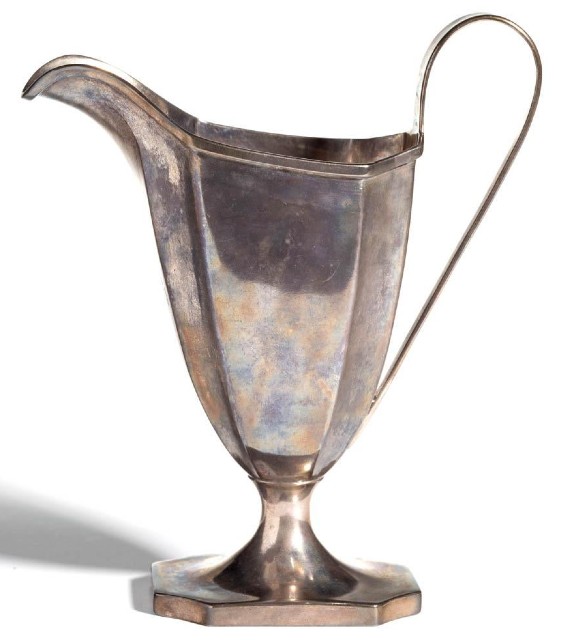
A child’s spoon, for example, might carry a price tag of just 8 shillings, or a pair of silver knee buckles 6 shillings 8 pence – affordable for the average American. Someone in the gentry – the class Revere aspired to, often with mixed results – could afford a small creamer or cream pot, with a price tag of 2 pounds 2 shillings. Revere’s silver shop produced a wide variety of items, to include flatware (mostly spoons), tableware (such as cups, tankards, porringers, salts, casters, trays and bowls), coffeepots and teapots, creamers, sugar tongs and sugar urns.
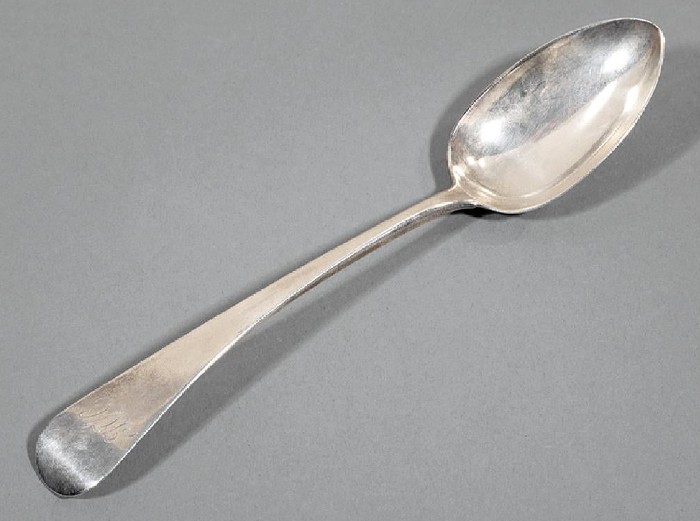
The items made in Revere’s shop – whether personally made by him or one of his apprentices or journeymen – almost always bore one of his maker’s marks, which served to identify the silver and ensure its quality. These marks typically appeared as his surname, Revere, all in caps for the larger pieces; or his initials, “PR” (in block letters) for smaller items like spoons. Collectors need to be aware that Revere never marked his work with a signature, other numbers or letters, or with a picture of a horse and rider or a patriot’s head. Silver marked this way was not from his shop.

“Paul Revere’s historical reputation has always had a significant impact on the value of his work, both for metalwork and engraving,” said Will Kimbrough, vice president and department head of Americana and fine art at Jeffrey S. Evans & Associates in Mount Crawford, Va. “He ranks as something of a revolutionary icon, and collectors have always been drawn to stories and objects associated with the Revolutionary period. Without Revere’s historical reputation, his work would not generate the kind of value it has for so many years among collectors.”
Kimbrough said Revere was definitely one of the top American silversmiths of the era. “There’s a reason his work is sought after today and why he was such a popular choice during his lifetime for consumers of varying socioeconomic status,” he pointed out. “What’s more, his innovations in the production of metalwork, including silver, presaged changes in manufacturing which were to come in the following decades, so his early efforts in this respect are important to recognize.”
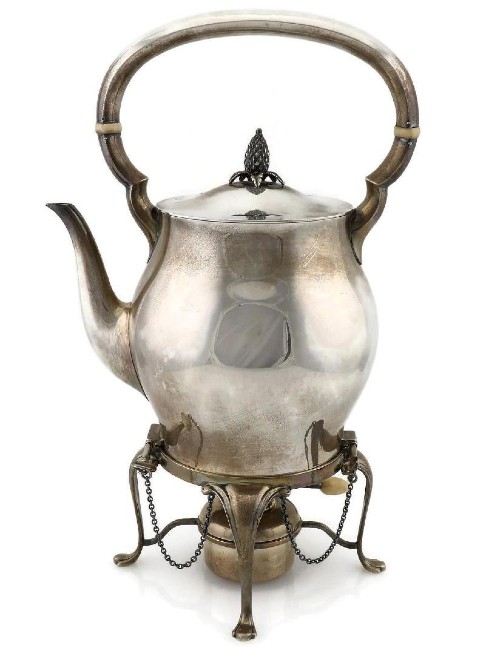
As for demand, “The market for Paul Revere silver over the last five to ten years has shown some strength, but typically only for more remarkable forms or pieces with important historical provenance,” Kimbrough observed. “Like so many segments of the current antiques and fine arts marketplace, the market for Revere silver can fluctuate, an environment where exceptional examples bring eyebrow-raising prices, while the value of good, but lesser, examples fails to keep pace, thus appearing weaker by comparison.”
Furthermore, Kimbrough added, “Revere was a fairly prolific silversmith, so the law of supply and demand plays a fundamental role in determining the value of his work. Much of the energy in the market is focused at the top in this respect, and I would expect this same trend to continue in the foreseeable future.”
When he first started out, Revere accepted any and all commissions that came his way. Some of his more unusual earlier pieces included a chain for a pet squirrel, an ostrich egg snuffbox and a child’s whistle. He also made brass gunner’s calipers for two British officers, silver letters for the back of a chaise, surgical instruments and a sword hilt. But today, his original silverware, engravings and other works are highly coveted by collectors and can be found in museums such as the Museum of Fine Arts in Boston and the Metropolitan Modern of Art in New York City.
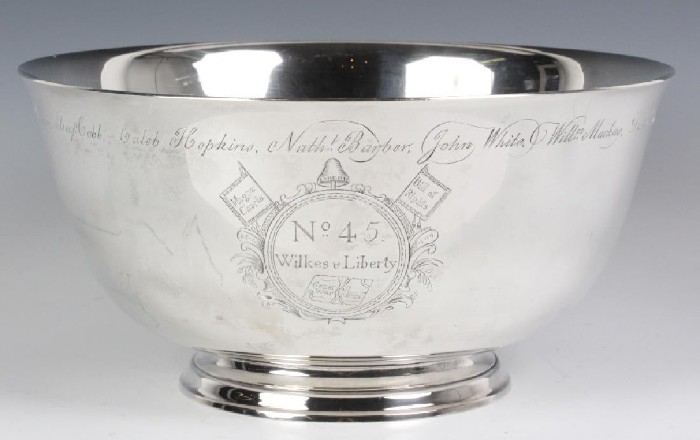
How famous is Paul Revere? Well, the cities of Revere, Massachusetts, and Revere, Minnesota, are both named after him, as are beaches, roads and buildings throughout the country. A 25-cent 1958 U.S. postage stamp in the USPS’s Liberty Series honors him. It featuring his portrait by the renowned American painter Gilbert Stuart. Another portrait, by the equally renowned artist John Singleton Copley, depicts Revere with a teapot having a wooden handle. Revere’s image appears on the $5,000 Series EE U.S. Savings Bond. So yes, his fame is well deserved and is attributable to more than just a midnight ride. He was one of America’s greatest silversmiths.


